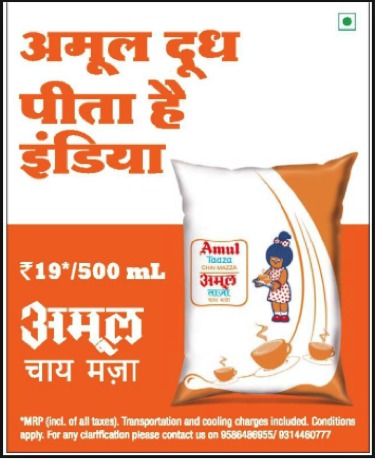Chai Today
This is a picture I took in the Gulbai Tekra, or ‘Hollywood’ inner city slum in Ahmedabad, Gujarat, India. I took the photo in October of 2016. I talked with the family who owned this chai stall, as well as several other families in the same neighborhood. This business provides valuable income for this family, and allows them small luxuries that others in the slum cannot afford. They have a comfortable life, and because of their tea stall, rely less on poor-quality government delivered food. They can buy wheat instead of millet for their bread, and they occasionally eat chicken, a luxury, in addition to vegetables. Despite the relative poverty of the area, the chai stall still does a good business, as chai is considered a necessity for daily life. One can buy chai in cafes or malls, or other roadside stands in affluent areas, but this picture shows how chai has truly evolved from being a drink of the ‘Britishers’ and their sympathizers to being a drink that virtually every Indian knows. The family’s story, and the location of this stall in a very poor slum, show the ubiquity of tea in India, among all different classes of people.
This is an advertisement from a prominent dairy cooperative based in Gujarat, India, named Amul. This ad is specifically promoting Amul’s milk for use in tea. Northern India has a strong tradition of eating and drinking dairy; yogurt lassis and buttermilk are two common drinks. This penchant for dairy worked its way into chai; one does not have a cup of masala chai without milk (Dufrene, 2014). So, the advertising of milk is inherently related to the advertising of chai. Also, this ad is in Hindi, which appeals to a broader class of people throughout northern India than English would. This milk is relatively inexpensive; the cheapest milk is sold in pouches, like the ones shown here, so that even the poorest people can have milk, which might otherwise be an expensive product. Here, Amul uses cups of chai to show that their milk is useful in tea, and should therefore become a daily staple. This advertisement is from 2017, so it is much more recent than the other advertisements. Now, advertisements do not have to promote tea itself; they can simply advertise milk with a picture of a teacup and assume that customers will buy the milk for use in their daily chai.


